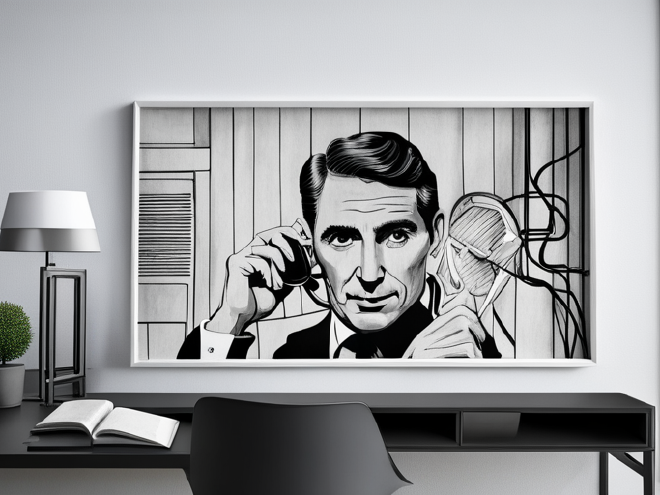How does art work?
Table of Contents

What is art? #
Maybe it’s the engineer in me that wants to break things down to their component parts. To deconstruct systems and put them together again to understand them better.
A perspective I’ve found helpful is to think of art as a conversation between artist and audience through a medium of interaction. On one side there’s the artist—or artists, as they need not be a singular artist. On the other side there’s an audience, which similarly could be a single person or a collection of many people, there could even be multiple distinct audiences. And then, at the interface, there’s a medium—the actual piece of art the artist creates and the audience interacts with.
One aim of my art is to provide an audience with a new lens to see the world in a different way. Many artists I’ve talked to are compelled to illustrate or illuminate some truth about the universe in a way that other people don’t necessarily see, or at least don’t see from the same perspective.
In a way, the artist has an audience. The audience might be millions of people, or just one person. In some cases, the only audience is the artist themselves. An audience might be who the artist has in mind, or it might be strangers, hundreds or thousands of years later, interacting with ancient creations.
Finally, there is the medium. It might be a painting, a song, a piece of theatre, digital art, or any other construction that the artist, the creator, has created for the audience to experience.
Art as Information #
When I think about the relationship between artist, audience, and medium, I think about Claude Shannon. Shannon was a computer scientist who worked on codebreaking and secure communications during World War II. Shannon formalized theories around communication from a speaker to a receiver.
This work can be briefly introduced with an example: If you are sending a message that you want to keep secret, you first write that message. Then, you encode it—that is, you translate it into some code that is incomprehensible to someone who might be able to read the code, thus protecting the message—before sending it to someone over some communication channel, who then decodes the coded message to recover your original message. Shannon wrote a Mathematical Theory of Communication about information encoding, what the code needs to look like, and how you can keep messages from being changed or corrupted while they’re on their way from speaker to receiver.

I see a parallel—though somewhat skewed—relationship in art. The artist has a message that they’re trying to communicate. Through creating a piece of art, they encode the message into the medium of interaction. Then, the audience decodes that message. Any particular individual, in any particular audience, might ‘get’ the message, or ‘get’ part of the message, or find some other message or meaning altogether. The artist doesn’t get to choose how their audience decodes messages from the medium. In fact, that can be the beauty of art.
So, how is AI blurring and complicating the relationship between artist, audience, and medium? Where does AI fit into this relationship?
AI as Medium #
Perhaps generative AI changes the medium of interaction. That is, an artist formulates their message into a prompt, then puts that prompt into a generative model and the model encodes the prompt into some digital representation (e.g. an image, a sound clip), creating an artifact for an audience. The audience might then attempt to decode the artist’s prompt, or the original message.

AI as Co-creator or Tool #
Maybe AI is an extension of the artist themself? That seems to be how some artists whom I have spoken with have framed it. The generative model can act as a co-creator that works alongside the artist to create a medium. There can be back-and-forth relationships with generative models as the artist tests and refines prompts, for instance. Right now, these interactions are turn-based, and I imagine these models will become increasingly interactive through conversational interfaces as time goes on.

AI as Audience #
Is AI, perhaps, the audience? The artist encodes a message into a prompt, which creates a medium. In this setting, the AI interacts with the medium. The reaction from the AI is the result of it playing the role of an audience. It might react with a visualization of the prompt (e.g. in a text-to-image generative AI); in this setting, the AI is decoding the message into a format which corresponds to its mechanisms.
AI might act as an audience in another way: by augmenting the experience of another intended audience. This intended audience might experience the art differently because of outputs that the AI creates based on the medium. By decoding the medium, the AI might completely change the message.

No matter how it fits in, AI is changing the relationship between many artists and their audiences. I have enjoyed many good conversations which started with the question: which part of making art is the creative part?
For me, the creative part is always the collective act. Art requires the artist, the medium, and the audience to collaborate. And AI is changing the nature of some of those collaborations by incorporating generative AI systems like language models and image generators.
Ultimately, art is about expression. It’s often about creating something that inspires new meaning in people. And AI is giving us new, complex, and creative ways to share those messages.